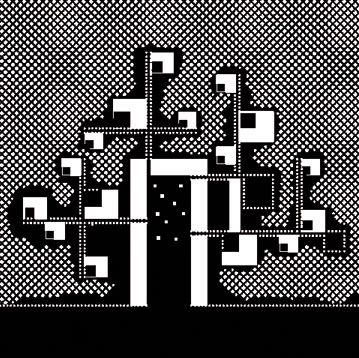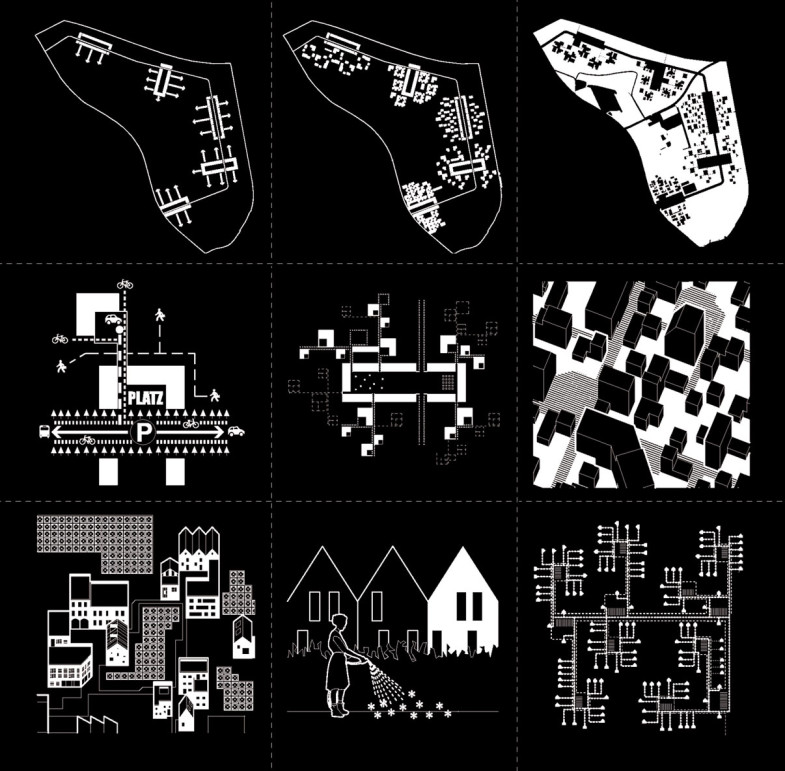Competition for a sustainable development in Nordsteimke/Hehlingen
Wolfsburg, Germany
November 2014
At Arenas Basabe Palacios we access to the competition to design a new district in Wolfsburg due to the great growth expected for the next years. The jury sought solutions to create at least 2.500 dwellings in different typologies and diverse complementary uses, attaching special importance to sustainable design and its implementation in the environment.
We propose a catalogue that, attending to the main aspects of sustainability, mobility and typological diversity in social and economic terms.
- Urbanity concentration. We propose new developments around large public spaces. We create five bigger squares that act as origin of the neighbourhoods.
- Liquid city, in pr ogress. Additive patterns of growth allow the city to conform changes and function in every stage.
- The continuity of the green space, its fauna and its flora. In order to preserve the pre-existent ecosystems, it calls for the continuity of the green space at all scales: between neighbourhoods, between squares, between streets, between houses.
- The inclusion of productive agricultural land. The open space between buildings becomes a community green space or “Allmende”.
- To blur the limits between neighbourhoods. The centralized and disperse condition ensure the autonomy of each neighbourhood in terms of mobility and efficiency of the infrastructural nets.
- Low ecological footprint urbanism. It is proposed an implementation that minimizes the paved surface, better suits to the site and respects the pre-existences and natural courses of water.
- Diversity. For a more democratic urbanism, multiscale buildings (S, M, L, XL) are required for the inhabitants to find an ideal house in accordance to their needs.
- Management. A series of actions are planned for the future management of the buildings and the open space in order to ensure the proper functioning of the district.
- Smart mobility. The urban squares act as interchanges (underground parking, bus stops and services of alternative mobility), thus creating a pedestrian district that redefines the role of the car.
- Economy of resources. The development is based on passive sustainability criteria and technical solutions for the production, storage and management of energy.
> Authors:
. Enrique Arenas, architect.
. Luis Basabe, architect.
. Luis Palacios, architect.
> Collaboration:
. María Ángeles Peñalver, architect.






